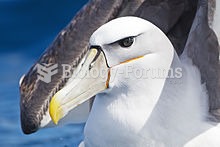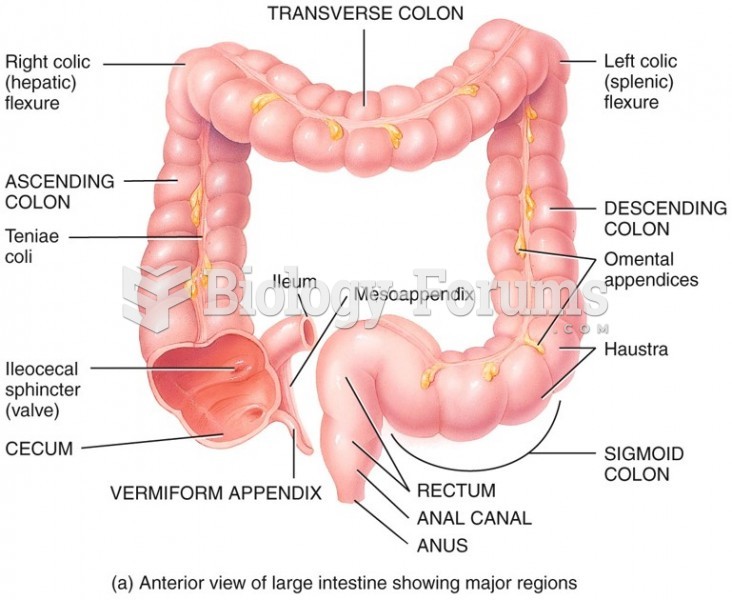Answer to Question 1
1.
Main Street Books and Caf
Income Statement
For the Year Ended 31 December, 2014
Books CDs Caf Total
Revenues 3,720,480 2,315,360 736,216 6,772,056
Cost of Merchandise 2,656,727 1,722,311 556,685 4,935,723
Cost of Caf Cleaning 18,250 18,250
Allocated Selling, General and Administration Costsa
(0.300986 2,656,727; 1,722,311; 556,685) 799,638 518,392 167,554 1,485,584
Operating income 264,115 74,657 (6,273) 332,499
aOverhead rate = 1,485,584 4,935,723 = 0.300986 per cost of merchandise dollar
2. Selling, general, and administration (S, G, & A) is comprised of a variety of costs that are unlikely to be consumed uniformly across product lines based on the cost of merchandise. Main Street Books and Caf should consider an activity-based costing system to clarify how each product line uses these S, G, & A resources.
Books CDs Caf Total
Number of purchase orders 2,800 2,500 2,000 7,300
Number of deliveries received 1,400 1,700 1,600 4,700
Hours of shelf-stocking time 15,000 14,000 10,000 39,000
Items sold 124,016 115,768 368,108 607,892
Purchasing 474,500 7,300 orders placed = 65 per purchase order
Receiving 432,400 4,700 deliveries = 92 per delivery
Stocking 487,500 39,000 hours = 12.50 per stocking hour
Customer support 91,184 607,892 items sold = 0.15 per item sold
Books CDs Caf Total
Revenues 3,720,480 2,315,360 736,216 6,772,056
Cost of Merchandise 2,656,727 1,722,311 556,685 4,935,723
Gross margin 1,063,753 593,049 179,531 1,836,333
Cost of Caf Cleaning 18,250 18,250
Purchasing
(65 2,800; 2,500; 2,000) 182,000 162,500 130,000 474,500
Receiving
(92 1,400; 1,700; 1,600) 128,800 156,400 147,200 432,400
Shelf-stocking
(12.50 15,000; 14,000; 10,000) 187,500 175,000 125,000 487,500
Customer support
(0.15 124,016; 115,768; 368,108 18,603 17,365 55,216 91,184
Total S, G, & A costs 516,903 511,265 475,666 1,503,834
Operating income 546,850 81,784 (296,135) 332,499
Comparing product line income statements in requirements 1 and 2, it appears that books are much more profitable and caf loses a lot more money under the ABC system compared to the simple system. The reason is that books use far fewer S,G, & A resources relative to its merchandise costs, and caf uses far greater S, G, & A resources relative to its merchandise costs.
3.
To: Main Street Books and Caf Management Team
From: Cost Analyst
Re: Costing System
The current accounting system allocates indirect costs (S,G, & A) to product lines based on the Cost of Merchandise sold. Using this method, the S, G, & A costs are assigned 54, 35, 11, to the Books, CDs, and Caf product lines, respectively.
I recommend that the organization switch to an activity-based costing (ABC) method. With ABC, the product lines are assigned indirect costs based on their consumption of the activities that give rise to the costs. An ABC analysis reveals that the Caf consumes considerably more than 11 of indirect costs. Instead, the caf generally requires 2535 of the purchasing, receiving, and stocking activity and 60 of the customer support.
The current accounting technique masks the losses being produced by the caf because it assumes all indirect costs are driven by the dollar amount of merchandise sold. By adopting ABC, management can evaluate the costs of operating the three product lines and make more informed pricing and product mix decisions. For example, management may want to consider increasing prices of the food and drinks served in the caf. Before deciding whether to increase prices or to close the caf, management must consider the beneficial effect that having a cafe has on the other product lines.
An ABC analysis can also help Main Street Books and Caf manage its costs by reducing the number of activities that each product line demands and by reducing the cost of each activity. These actions will improve the profitability of each product line. ABC analysis can also be used to plan and manage the various activities.
Answer to Question 2
B






